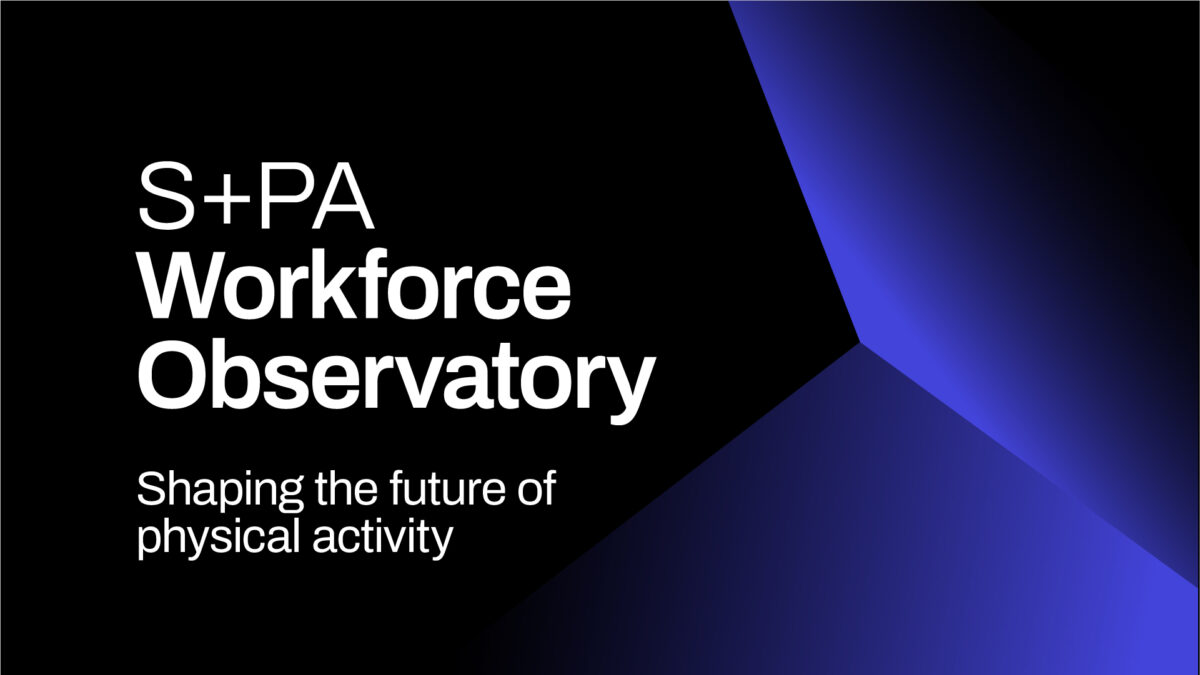Four cutting-edge technologies to streamline enterprise collaboration

According to Enterprise Collaboration Market research by Markets and Markets, the global enterprise collaboration software market will grow from $47 billion in 2021 to $85 billion by 2026 at a compound annual growth rate (CAGR) of 12.7% during the forecasted period. These figures show that, despite the massive number of software solutions available on the market, enterprises still experience demand for effective collaboration tools, which is only increasing each year.
One of the reasons for such discrepancy is that legacy collaboration software can no longer meet the needs of those enterprises that want to remain competitive and up-to-date. Modern business ecosystems no longer simply require software for communication – now they need advanced tools that enable their employees to work remotely and in real-time, simultaneously manage multiple projects and tasks, analyze workers’ performance, and do many other essential tasks.
Fortunately, the development and proliferation of emerging technologies, such as artificial intelligence, machine learning, and natural language processing allows almost any organization to discover and purchase a ready-made solution or develop custom enterprise collaboration software that would cover most business needs.
This article will cover some of these technologies. Each of them can help bring collaboration in your enterprise up a notch, resulting in enhanced employee communication, improved work productivity, more satisfied customers, and, consequently, increased profits.
Chatbots and digital assistants
Chatbots are not necessarily a new technological concept, as for many years already, in one form or another, they have been used across various industries. Most likely, you also have experience interacting with a chatbot, for example, while ordering a pizza, shopping online, or contacting customer service at your bank or internet provider. So why did we include chatbots in our list of cutting-edge technologies?
The reason is that the chatbot technology has gone through a rapid evolution over the past few years. Therefore, modern chatbots have practically nothing in common with those machines that, until recently, could have been seen in applications for ordering food, buying clothes, or services.
The good old chatbots were based on sets of predefined rules and could only follow ready-made scripts, so their functionality was severely limited. Often, a legacy chatbot could not perceive text at all – the user could only enter ready-made commands like “Check the product list” or “Show me the menu” to get a dry and straightforward answer.
On the contrary, modern bots (also often referred to as conversational bots) can be equipped with artificial intelligence and technologies such as natural language processing. So they can not only process simple queries or plain text but also understand the context of the communication, which allows them to maintain a meaningful and human-like conversation. Today, chatbots can easily keep up a full-fledged conversation, so the user may not even realize that he or she is talking to the machine.
Thanks to such technological advancements, modern chatbots can be applied to a much more comprehensive range of tasks and can be effectively in charge of internal enterprise activities. For instance, you can implement a helpdesk bot to quickly provide your employees relevant answers to their questions, enabling them to avoid wasting time on the manual search and thus work more efficiently.
By the way, these conversational bots are not the limit of communication tools and technologies’ evolution. Today, the most future-oriented organizations are implementing digital assistants, which combine artificial intelligence, machine learning, natural language processing, and natural-language understanding. This technology set enables chatbots to not only understand human speech and learn along the way but also take into account historical data (such as search history, user preferences, location, and others) to make predictions and deliver more accurate recommendations.
Recommendation engines
Since the quality of enterprise collaboration largely depends on how quickly your employees can receive the needed content and data, a recommendation engine may become an invaluable helper for any enterprise that aims for enhanced operational efficiency. In short, recommendation engines are data filtering tools that utilize machine learning technology to provide users the most relevant answers.
Although recommendation engines are most often used in industries such as media, retail, and ecommerce to up-sell and cross-sell products or services and thus encourage customers to buy more, today, they can be successfully implemented for a wide variety of business workflows, including internal enterprise collaboration. So what happens if you implement a recommendation engine in your enterprise collaboration software? Here is how it may work in practice.
Stage 1. Data collection
First, your recommendation engine would collect data from internal corporate data sources. This data can be explicit (those that your colleagues share themselves) and implicit (those that your colleagues provide unintentionally). For example, by collecting explicit data, a recommendation engine can gather information about gender, age, location, and employee position from a corporate database. Regarding implicit data, recommendation engines can collect information about employee search queries on the corporate intranet, page views, or clicks.
Stage 2. Data storing
After stage one, the recommendation system saves the collected data. Considering that some engines gather large amounts of information, you may need vast data storage. For this reason, organizations often complement recommendation engines with cloud technologies, as cloud data storage can be quickly scaled up as required.
Stage 3. Data analysis
After the data is gathered and stored, the system should analyze it. For instance, an engine can process data that comes in batches or in real-time, depending on the needs of your enterprise and the availability of its technological resources.
Stage 4. Data filtering
Finally, the last stage begins – data filtering. Depending on your recommendation engine type, filtering can be collaborative, content-based, or hybrid. As a result of filtering, the user receives their recommendation.
So, by adopting a recommendation engine, you can enable the rapid discovery of knowledge that your employees may require even while performing some specific tasks. For example, the system can not only supply certain types of documents but also identify their creators so that the user could contact them for clarification or advice. As a result, your employees will be able to work faster and better.
Collaboration analytics
Solutions with in-built collaboration analytics allow enterprise managers to monitor how employees work and interact with each other. For example, you can conduct automatic analysis of the files your employees share, messages they leave on the corporate intranet, or even their communication via video calls.
Depending on your needs, you can even develop a solution that would track such metrics as employee engagement, stress level, well-being, and productivity. This way, you can better understand what is going on behind the scenes in your enterprise and make better management decisions, reduce stress in the workplace, and improve overall employee performance as well as productivity of individual team members.
Digital workplace
Although the digital workplace is the last technology concept on our list, it still proves extremely valuable to enterprises. A digital workplace is a unified work hub that enables your employees to quickly access any technology, tools, content, and data that they may require during their work, regardless of their current location or used devices.
This way, companies can use a digital workplace to tie team collaboration, learning management, and document management software into a single digital solution to foster knowledge sharing and cooperation, establishing a more connected business environment as a result. Furthermore, an AI-powered digital workplace would also allow you to connect the aforementioned tools, such as digital assistants and recommendation engines, with sophisticated analytics solutions.
Among other things, a robust digital workplace can encompass such tools as:
- Corporate intranets
- Messaging apps
- Knowledge management platforms
- Content management systems
- Time management solutions
- Cloud storages, and more.
Given all of the above, developing and implementing a digital workplace can be a win-win strategy for both the organization and its staff. An enterprise can implement a digital workspace and use it as a foundation for continuous digital transformation that can help to quickly scale the existing business ecosystem and integrate additional employee productivity tools. Employees, in turn, can access a wide variety of tools without switching between multiple apps and systems. This way, they can get a more harmonized working experience, easily share information and knowledge, and productively collaborate with their colleagues even remotely.
Final thoughts
The demand for digital transformation permeates every aspect of modern business, and employee collaboration is no exception. Today’s businesses require new tools which enable them to unify geographically distributed workforce, optimize cross-department collaboration, improve internal and external business relationships, and continuously monitor employee performance.
Fortunately, the development of emerging technologies allows almost any organization to modernize and revamp its legacy collaboration model quickly. For instance, enterprises can develop a custom digital workplace to unify the interaction between employees and enable them to work from anywhere.
Depending on your business needs, you can also equip your business IT ecosystem with tools such as digital assistants, recommendation engines, and collaboration analytics. This way, you can help employees communicate without restrictions, work more effectively, show better results, and as a result, make your enterprise more prosperous and competitive.











Responses